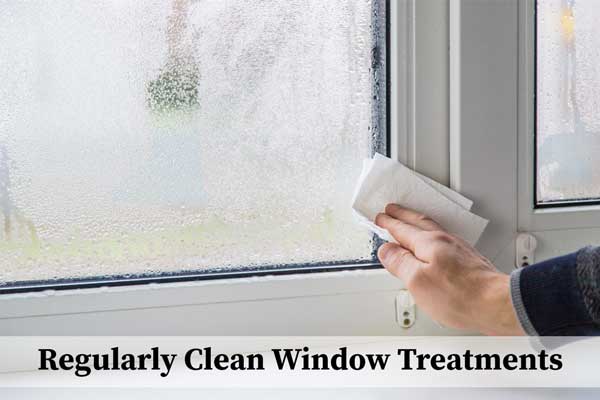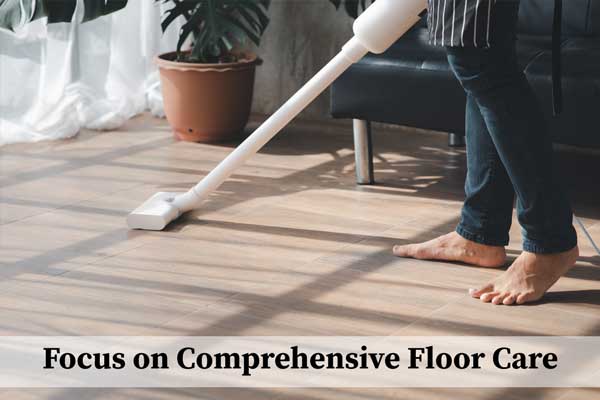Battling dust in your home can feel like a never-ending war. For many, the presence of dust is not just about cleanliness; it’s a matter of health. Dust mites, pet dander, and pollen trapped in your home can trigger allergies and respiratory problems, making it imperative to find effective solutions.
If you’re tired of the constant dust buildup and seeking relief, you’re in the right place. This listicle provides professional and informative dust reduction tips, easy dusting techniques, and home dust allergy solutions that promise to make your home a cleaner, healthier space.
10 Simple Methods to Minimize Dust in Your Home
1. Optimize Dusting Techniques
Traditional dusting often just moves dust around rather than removing it. To truly capture and eliminate dust, use a damp cloth which traps dust effectively. For hard-to-reach places like ceiling fans, the pillowcase method works wonders—slip a pillowcase over each blade and wipe away the dust; this way, it’s captured inside the pillowcase instead of falling on your floors.
2. Enhance Entryway Dirt Barriers
Your home’s entrances are the gateways for dust and dirt. Placing doormats both inside and outside all doors and cleaning them regularly can drastically reduce the amount of debris that enters your home. This simple step is a cornerstone in minimizing indoor dust.
3. Prioritize Pet Care
Pets are beloved family members, but they can also be significant sources of dust and dander. Increasing grooming frequency, including regular baths and brushes, can help reduce shedding. Placing mats under feeding bowls and covering litter boxes can also minimize the spread of dust.

4. Adopt Hard Flooring and Maintain Soft Furnishings
Carpets are notorious for trapping dust. Opting for hardwood, laminate, or tile floors makes it easier to keep your home clean. For homes where soft furnishings are necessary, regular vacuuming and professional cleaning are essential. Additionally, washing bedding and throw rugs in hot water weekly can significantly reduce dust mites.
5. Implement Humidity Control
Balancing your home’s humidity levels is crucial. Both humidifiers and dehumidifiers can play a role in maintaining an environment that’s not too dry but not too moist, discouraging dust mite proliferation and reducing static that attracts dust particles.
6. Regularly Clean Window Treatments
Choosing blinds or washable curtains over heavy, difficult-to-clean drapes can make a big difference in your home’s dust levels. A routine cleaning with a diluted multi-purpose cleaner and a damp cloth can keep dust accumulation at bay.

7. Declutter and Clean Storage Areas
Clutter doesn’t just disrupt your home’s aesthetics; it also provides more surfaces for dust to settle on. Decluttering and organizing your space, especially using vacuum-sealed bags for storing seldom-used items, can significantly minimize dust.
8. Upgrade Air Filtration
The quality of your air filters can make or break your dust proofing efforts. Regularly changing the filters in your HVAC system and air purifiers can trap dust and allergens more effectively, making a noticeable difference, especially for those with allergies.
9. Seal and Protect Fabrics
For items like off-season clothing or extra bedding, storage in airtight containers or vacuum-sealed bags can prevent dust from settling. This approach is particularly effective for bulky items that are not used regularly.

10. Focus on Comprehensive Floor Care
Beyond choosing easy-to-clean flooring, regular maintenance is key. Vacuuming carpets and rugs at least once a week—more often if you have pets—and using a damp mop on hard surfaces can prevent dust from becoming airborne and exacerbating allergies.
Conclusion
Implementing the tips on H&M cleaning service website for dust reduction and home dust allergy solutions will not only minimize indoor dust but also contribute to a healthier living environment. By using these easy dusting techniques and making a few changes to your cleaning routine, you can enjoy a fresher, cleaner home without constantly fighting dust.








